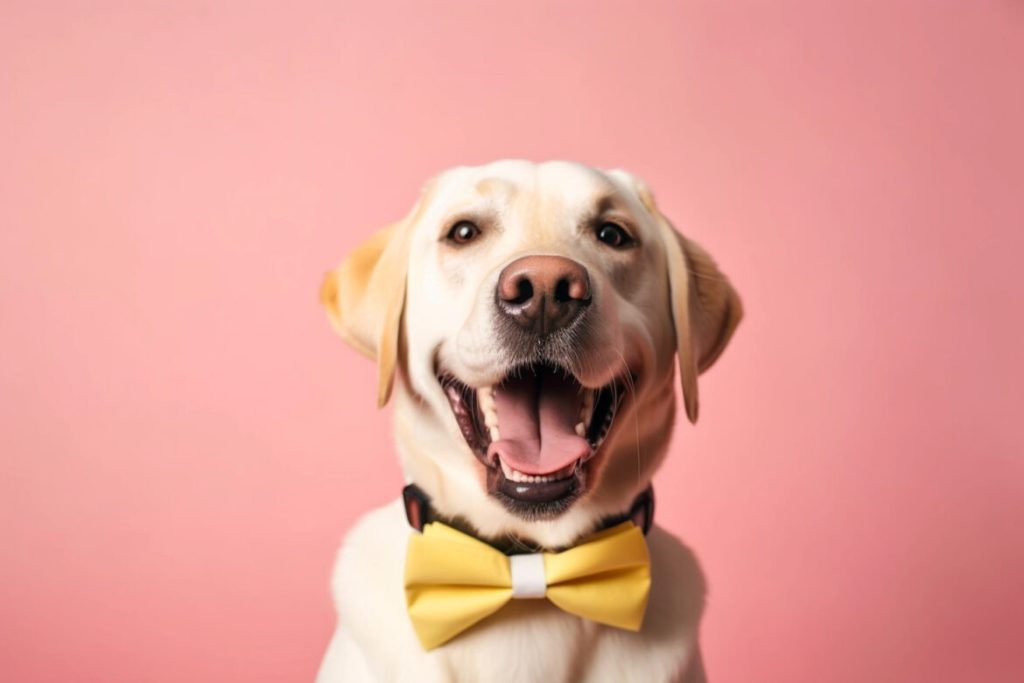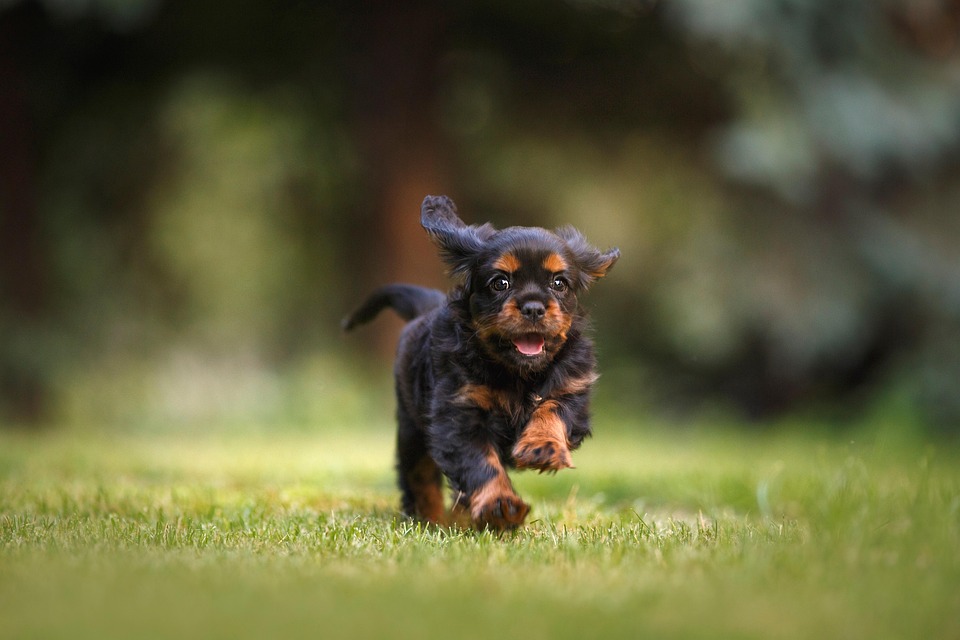Shake Hands
Step 1:
Place a treat in your right palm and lower your hand close to the ground. Encourage your dog by saying “Get it” or “Take it.”
The moment your dog lifts its paw off the ground, immediately reward it with the treat.
Step 2:
Gradually raise your hand while repeating the same action.
If your dog follows and lifts its paw higher, reward it again.
Repeat this step until your dog consistently raises its paw to chest height.
Step 3:
Stand upright. Hide the treat in your left hand behind your back, and extend your right hand in front of your dog while saying the command “Shake”.
When your dog lifts its paw, gently support it with your hand and reward the behavior.

Sit
Step 1:
Start from your dog’s natural sitting position. Use a treat to lure your dog into looking up by holding it slightly above its head.
Step 2:
Allow your dog to nibble a small portion of the treat in your hand to keep it engaged and motivated.
Step 3:
As your dog’s balance improves, take a step back and gently encourage it to stay sitting.
Don’t forget to reward your dog with a tasty treat for successfully holding the sit position.
Lie Down
Step 1:
Hold a treat in front of your dog’s nose to grab its attention.
Step 2:
Slowly lower the treat toward the ground. Your dog will naturally follow the movement downward.
Step 3:
Gently move the treat back toward your dog, between its front paws. This lures your dog into a lying-down position.
Step 4:
Once your dog is fully lying down, reward it with the treat immediately.
Recall (Come When Called)
Step 1:
Choose a quiet, distraction-free environment, and make sure your dog is wearing a leash for control.
Step 2:
Gently tug the leash while softly calling your dog’s name, followed by the command “Come.”
Step 3:
When your dog approaches, offer plenty of praise and treats as positive reinforcement.
Once your dog has mastered recall in calm settings, gradually practice in more complex and distracting environments.

Wait
Step 1:
Before feeding, place the food in front of your dog, but cover it with your palm and clearly say “Wait.”
Step 2:
Only allow your dog to eat when you give a clear release signal, such as “OK” or “Go ahead.”
Step 3:
This training is especially important for helping dogs control impulsive behaviors in real-life situations like doorways, crossing the street, or greeting guests.

